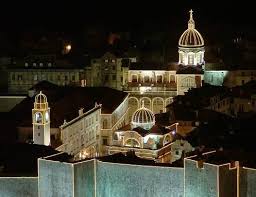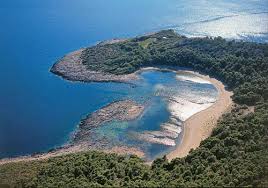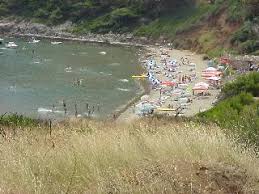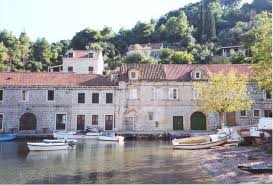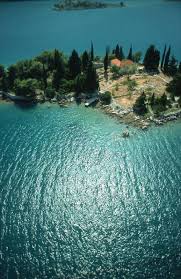Dubrovnik Jews
30.12.2008., utorak
Greater Dubrovnik Area
|
The first 2 articles focused on Jewish life in the City of Dubrovnik itself. I thought it would be a good place to start, considering the name of the Blog. However, the Greater Dubrovnik Area makes up many regions, 90% of which luckly ended up in the Republic of Croatia. The other 10% is the result of the Treaty of Karlowitz of 1699. Here's the first extract from Wikipedia: In 1399, the Dubrovnik Republic (Ragusa) acquired Neum from the lands of Hum, and was added to the territories in the possession of the city, which ruled it for 300 years. In 1699, Ragusa relinquished control of Neum to the Ottoman empire in 1699, at the treaty of Karlowitz. The Ragusan Republic gave the region of Neum to the Turks in the war between the Holy League and the Ottoman Empire. It gave the Turkish army access to the sea, but just as important to Ragusa it gave them a protection from the Venetian territories. This means that todays sub-county of Neum, & parts of Ravno are in Bosnia. Anyhow, the 4 sub-counties (Neum, Ravno, Čapljina, & Stolac) closest to Dubrovnik-Neretva County, unofficially make up the Dubrovačko Zahumlje (or plainly put; Dubrovnik Highlands). Most of this region has always been looking towards Levant (Eastern Winds, as they say!). Hence, part of the Ottoman Empire. Extract from Wikipedia: The Alhambra Decree expelled Sephardic Jews from Spain in 1492. Some of these immigrated to Salonica, sometimes after a stop in Portugal or Italy. The Ottoman Empire, based on the Islamic law regarding people of the book (Arabic: ahl al-kitâb), granted protection to Jews as dhimmis, accepted and even encouraged the settlement on its territory of those affected by the expulsion. Since, most of Bosnia was under the Ottomans, Jewish History in the Dubrovnik Highlands and the neighbouring Trebinje (Travunia) region is much more richer & vivid then in the city state it self. However having said that, Bosnia is underfunded when it comes to protecting & preserving its beautiful heritige. This means that, although, Dubrovnik Republic made sure that the Jewish presence was kept to a minimum in its lands, the culture that did survive, was so well preserved that, the vast Jewish presence in the neighbouring Ottoman Provices, made less difference to the overall picture. What this means basicly is that, Jewish Tourism in Dubrovnik plays a significant role in the further studies conducted on Balkan Jewery, even though most Jews lived beyond the citadel. This is why my next article will try to focus on Stolac, and its Jewish past. |
- 03:02 - Komentari (0) - Isprintaj - #
Siječanj 2009 (3) Prosinac 2008 (3) Dnevnik.hr |
|||||||||||||||||||||||||||||||||||||||||||||||||
|
Opis bloga
Blog je posvečen Zajednicama Dubrovačkih, Bokeljskih, Zahumskih i Trebinskih Židova, koji na ovim prostorima žive več dugih 500 godina. Cilj bloga je vratit Dubrovniku autentičnost povjesti Republike i Istočne Hercegovine, iz perspektive jedne ugledne bogate manjine, koja i dan danas ostavlja otiske našim krajolikom. Blog če biti po naj više na Engleskom (meni drugi jezik), i bit če u korist mnogo brojnim turistima. Često se dogodi da se povjest lako stvara u mjestu novčanih događaja. Bez neke sumje, provat čemo razotkrit neke legende, i možda (uz pomoč mnogo brojnim Povjesničara na Balkanu), "stvorit nove" :)) |
|||||||||||||||||||||||||||||||||||||||||||||||||


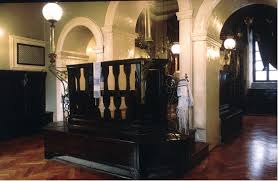





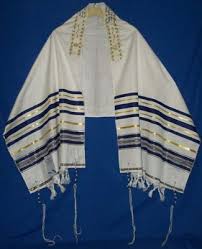







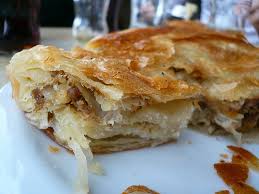

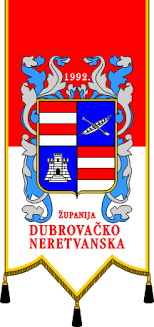
07mo9.gif)










